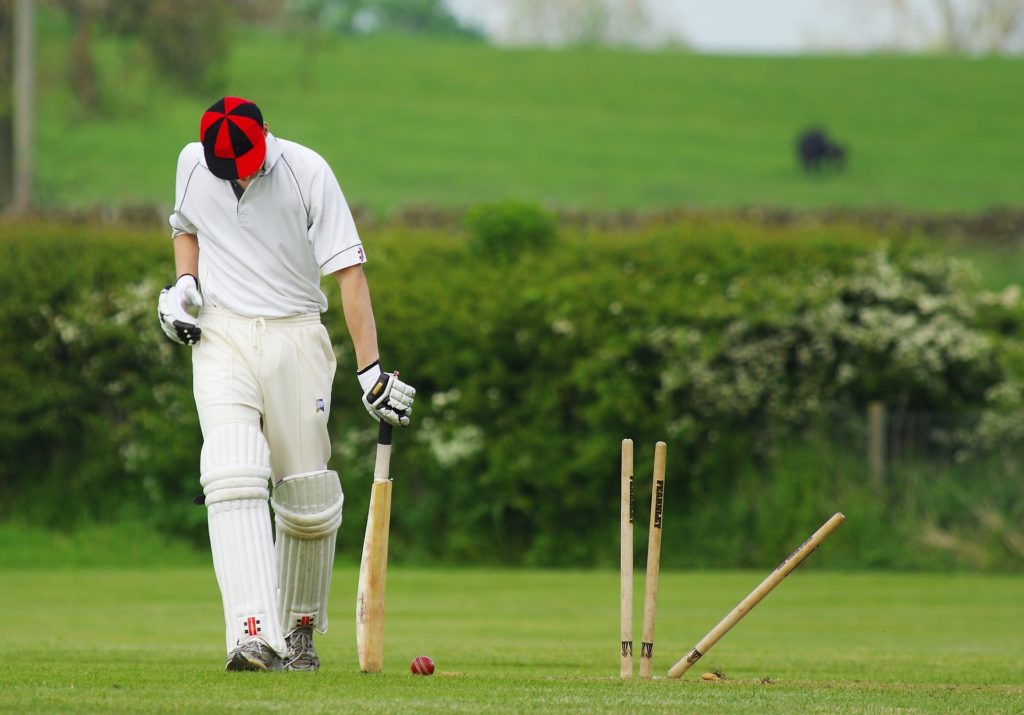Exercise, diet and the male athlete
At present, there is a lot of media attention and education around young women and female athletes who may be at risk for “relative energy deficiency in sport” or RED-S. Previously known as the “Female Athlete Triad,” RED-S is an umbrella term that results from chronic calorie deficit with lowered energy availability (LEA), leading to subsequent impairment in multiple organ systems. The chronic underfuelling characteristic of RED-S not only results in a reduction in sport’s performance but also leads to medium and longer term health consequences. RED-S can also occur in male athletes but the symptoms tend to be more subtle than in women (where the absence of menstrual periods is a key symptom) making it harder to identify.
How does RED-S present in males?
RED-S presents in different ways in males. The LEA switches off the part of the brain that signals the testes to make testosterone; lower testosterone levels can present as fatigue and sexual dysfunction eg. a loss of early morning erections and can also reduce bone density (or how strong your bones are). This can lead to stress fractures. Sometimes gut symptoms in athletic men are also due to LEA. If you have bloating, diarrhoea, or constipation, think about the possibility of LEA. In addition, your training results might start to plateau or worsen, , and you don’t recover as fast from training sessions. In addition, you may lack that last 5% that may make the difference to winning the race. You might also notice changes in mood: feel drained, a bit low and frustrated. Too often many men fall into the trap of treating their fatigue and disappointing athletic performance by purchasing supplements, hormones or boosters through gyms and fitness centres. Typically, these products themselves suppress testicular function and then men need more of these products to get the same effects. Often, they can suppress sperm production and therefore change fertility. Trying to withdraw from these products can be extremely difficult for many men as they feel so exhausted coming off these products. It can take many months for testicular function to return and testosterone levels to rise again and for sperm production to recover.
What should you do if you think you may have RED-S?
Take a look at your diet and how much training you are doing. Are you fueling before and after every training session? Remember that training will often suppress your appetite, so you need to fuel to a schedule rather than hunger. You could ask your GP for help and have some blood tests to consider your early morning testosterone level. You could also ask for help from a registered sports dietitian. The mainstay of treatment is to eat more and train less, but stress is also a component of this condition for many men. So, making sure you are getting enough, sleep and recovery time is important. Consider exploring the mindfulness resources that are out there. If your GP has found that your testosterone is low (and all other causes for low testosterone have been considered) then you can often use a repeat testosterone level to help track your progress and recovery. Your doctor will be able to help you with this.
We don’t really know the prevalence of RED-S in the community, but it is probably more common than we think. If you are someone who is very physically active and training every day or even most days, you should consider how you are fueling after training and if this is enough for the energy expenditure. How are you feeling? Are you tired all the time and not getting the results you want from your training? Are you plagued by recurrent injuries? If the answer to these questions is yes then get some help as with proper energy balance you will feel better and train better and in the long term, be healthier.

I am extremely impressed together with your writing talents and also with the layout to
your weblog. Is this a paid subject or did you modify it yourself?
Either way stay up the excellent quality writing, it’s rare to see a
great weblog like this one nowadays. Leonardo AI x Midjourney<a href="https://electricistas-urgentes.es/understanding-electrical-codes-a-homeowners-guide/” rel=”nofollow ugc”>!